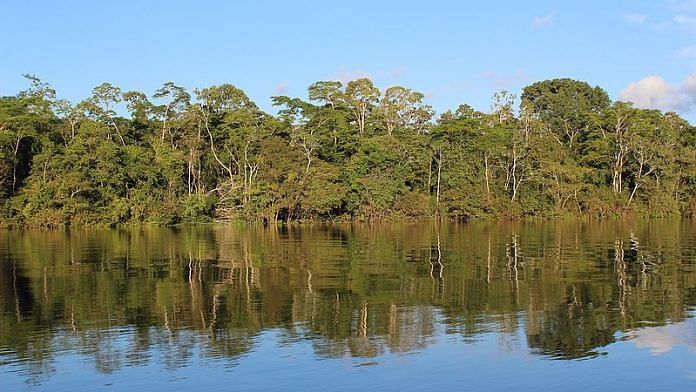Today, on 22 May 2020, we once again celebrate the International Day of Biodiversity, but this is the year of Covid-19.
More than ever before, the current crisis has made us aware of the fragility of life on earth.
‘Biodiversity’ is our modern expression for this “life” in all its forms. Throughout the history of humankind, celebrating it has been an integral part of all cultures.
In the past, the concept was local. We celebrated our own animals, plants, forests, and the planet’s biodiversity seemed limitless beyond our horizon.
Today, it seems we have reached these limits. There are no new continents to move to once we have depleted our own. We are discovering that in nature, too, degrading parts of a system ultimately destroys the entire system.
This year, there has been a lot of focus on the risk of zoonotic diseases. We are now living closer and closer to places that were once considered ‘remote’, hence the risk of disease transmission has increased. But scientists are also more aware of the fact that biodiversity is our ‘toolbox’ to help find cures or vaccines.
It is a sobering thought that one million species are threatened with extinction, as per the 2019 IPBES Global Assessment Report on Biodiversity and Ecosystem Services.
Also read: International Day for Biological Diversity — we need to recognise our solutions are in nature
What if tomorrow we were to find a cousin, an ape species, who has immunity against Covid-19? It would greatly accelerate our own research.
We may also find that certain traditionally used endemic plants might show remarkable results in mitigating the impacts of the novel coronavirus infection.
But if we fast forward 50 years, at least half of our ape species may no longer exist. Rainforests that have the highest density of plant diversity are also rapidly disappearing.
We call ourselves the intelligent ape — ‘homo sapiens’, but we are destroying our own toolbox. How intelligent is that?
Our current ‘civilisation’ model may also result in a global reduction in food crop diversity. We promote monoculture, often genetically modified — one species of potato, one species of wheat, of rice, whichever grows and sells best. Today, if a disease comes along, we still have ‘wild’ varieties of those species. But if we fast forward to fifty years again, few, if any, may still exist.
The ongoing rapid degradation of biodiversity will only lead to a reduction in our own resilience. This planet and its resources have been shaped by all the bits and pieces of life that we have. We cannot simply remove a million of those pieces and expect the system not to change dramatically.
Many of us are talking about a “return to normal” post Covid-19, as soon as possible. But perhaps this moment is a good time to take stock of things, and ask ourselves what the “normal” is that we wish to go back to?
Perhaps we need to think about the concept of “interspecies social distancing” and ask the question — how much space does each species require to allow it to exist?
Also read: It’ll take more than a safari to ensure endangered species stay protected now



